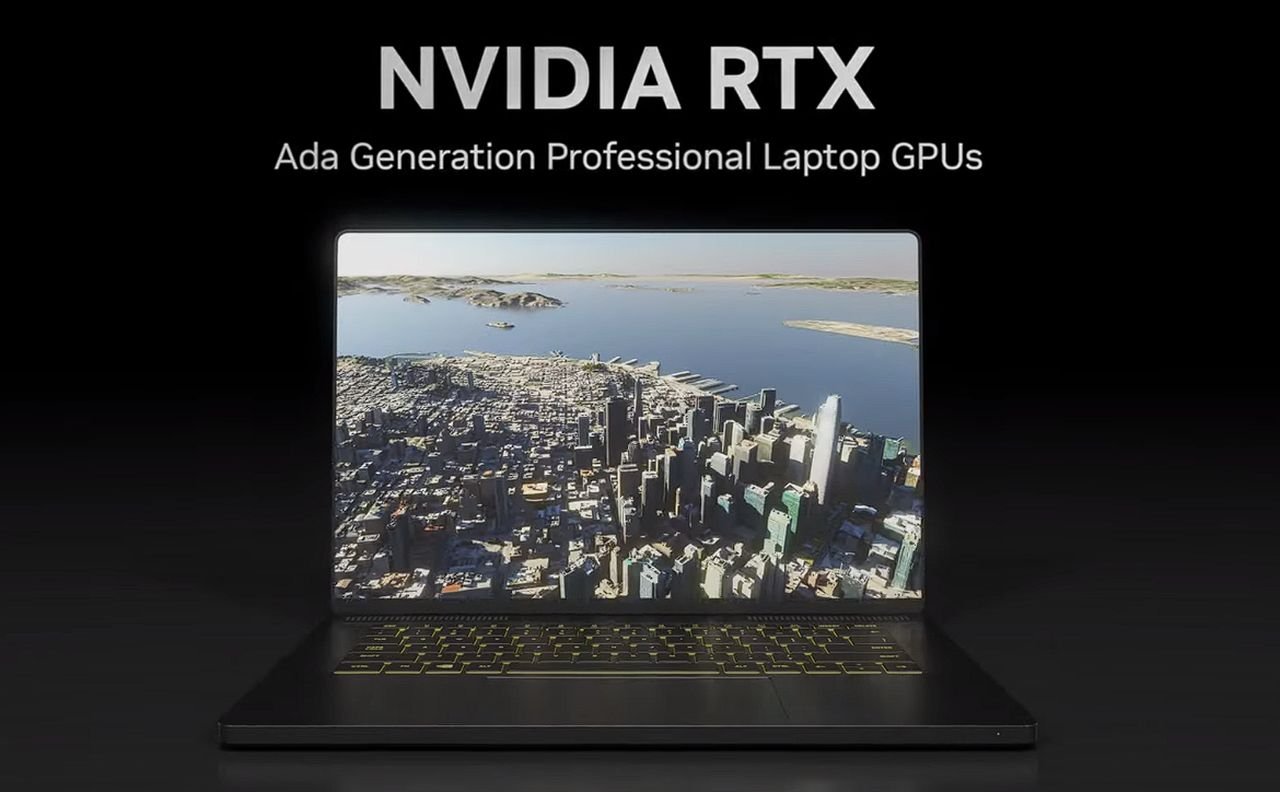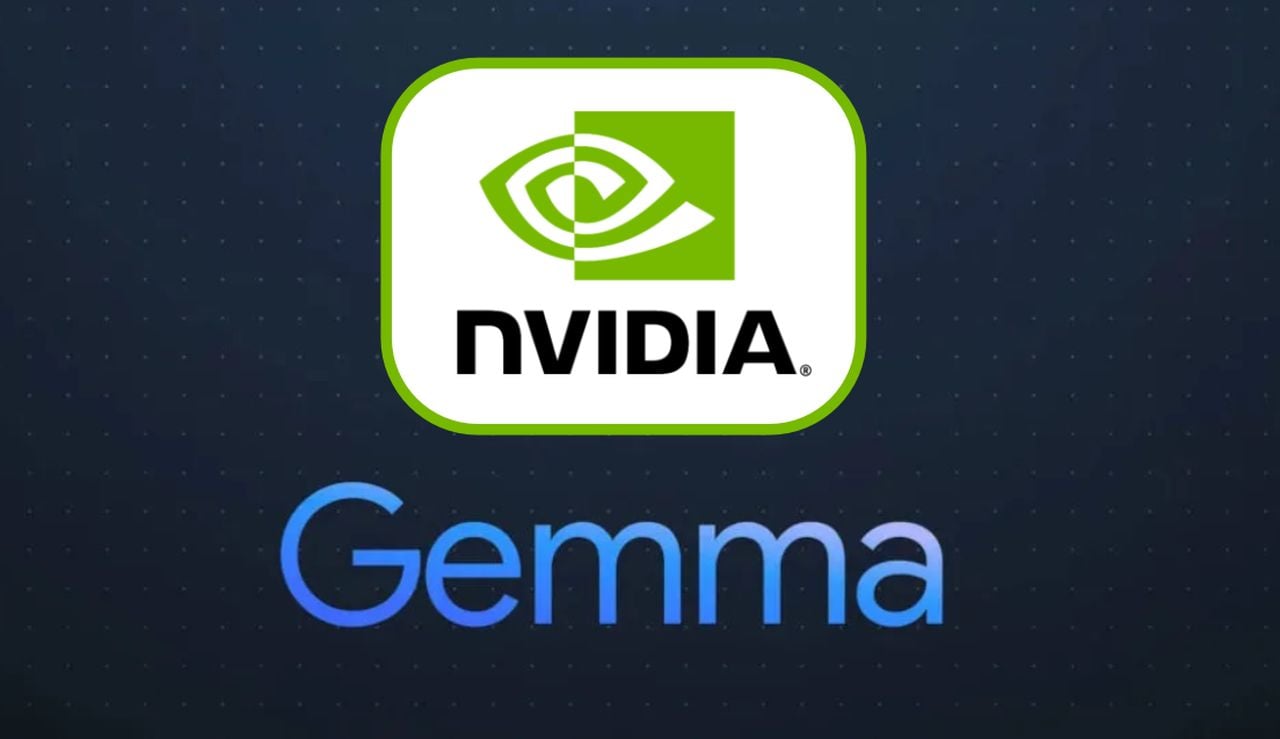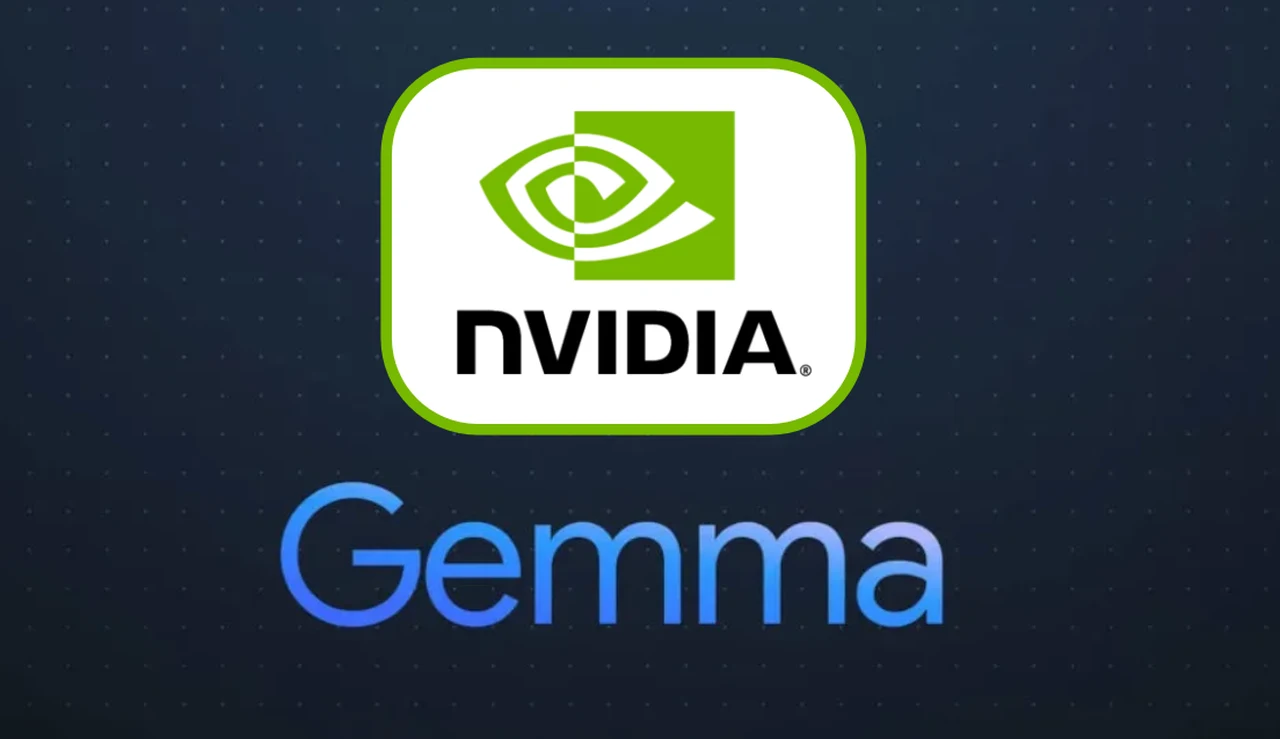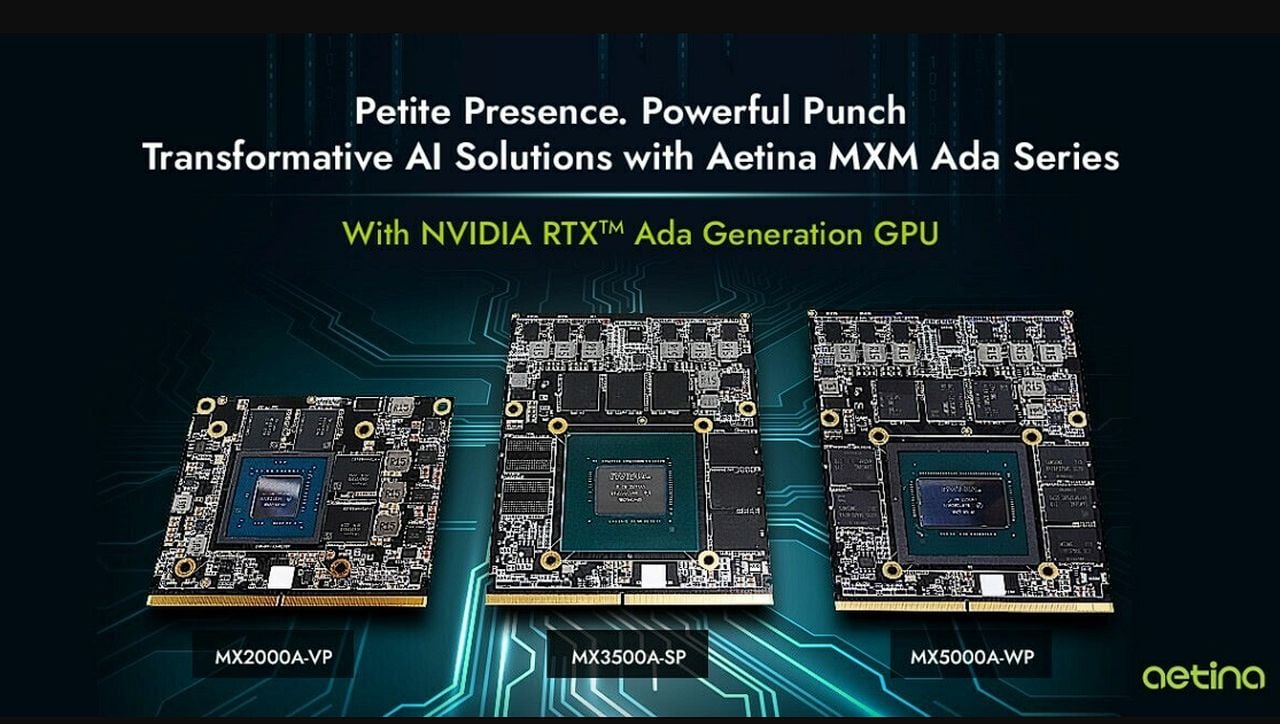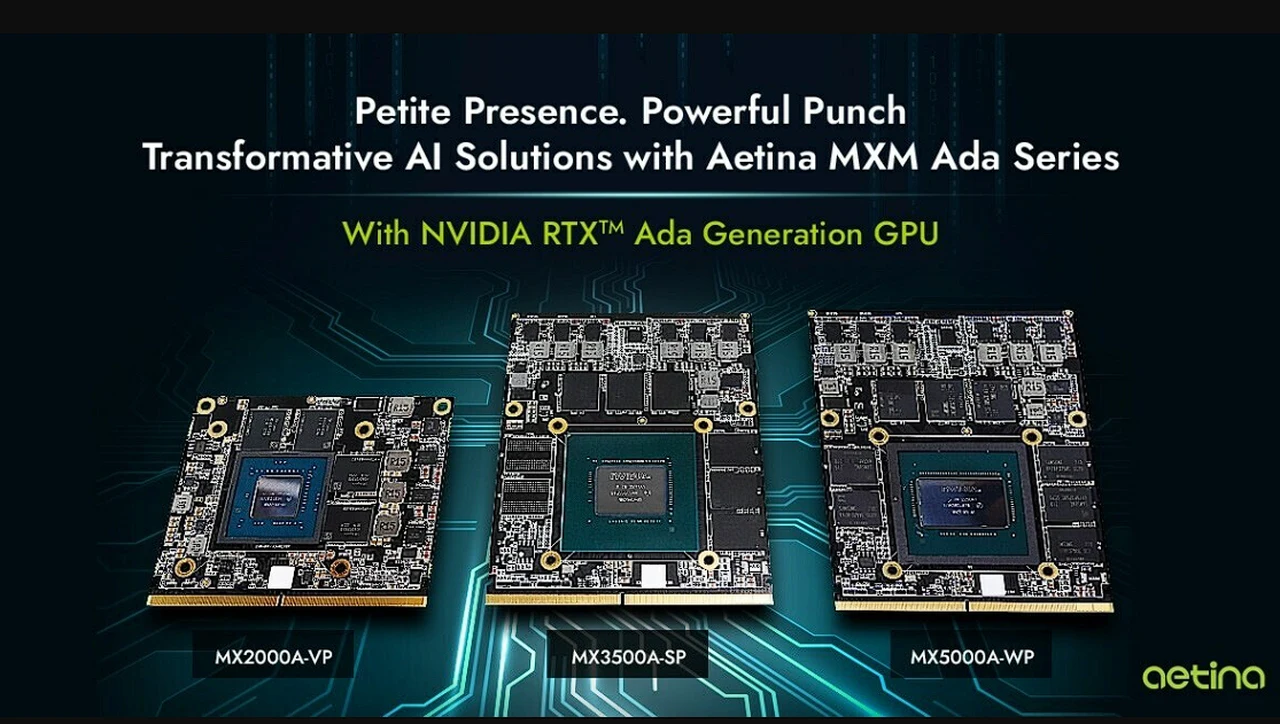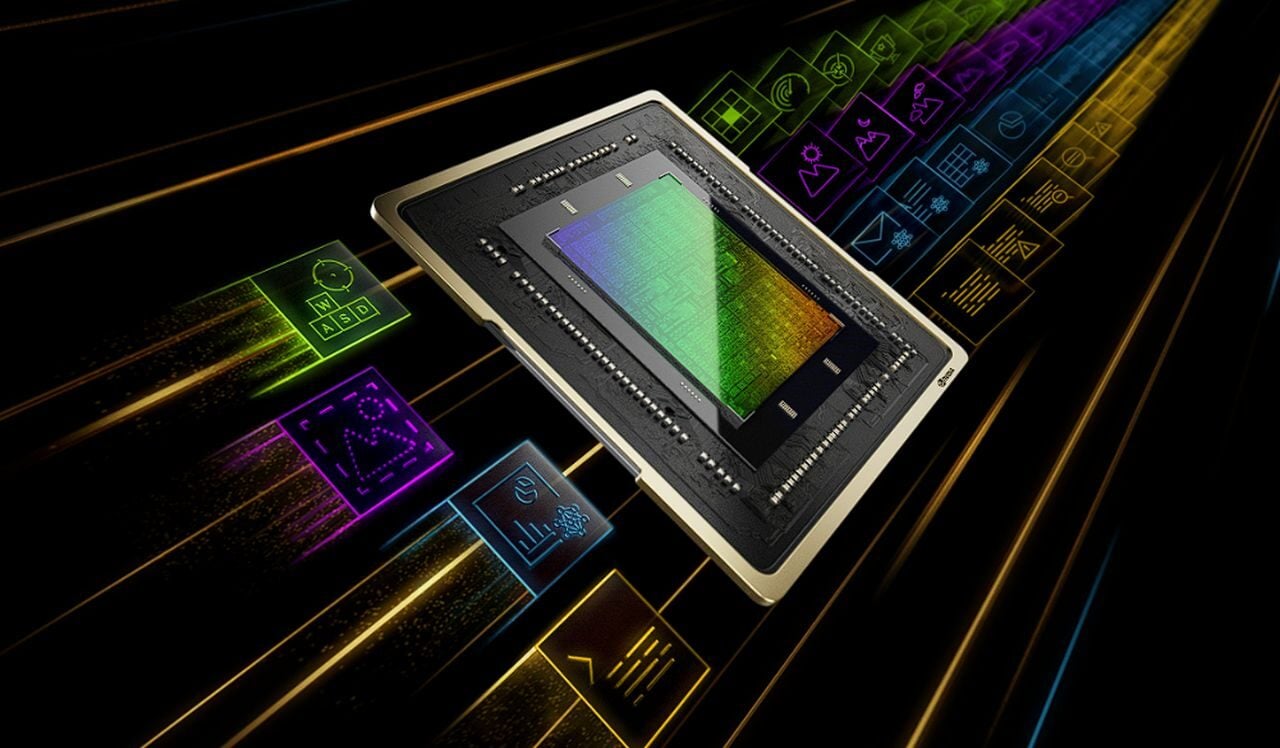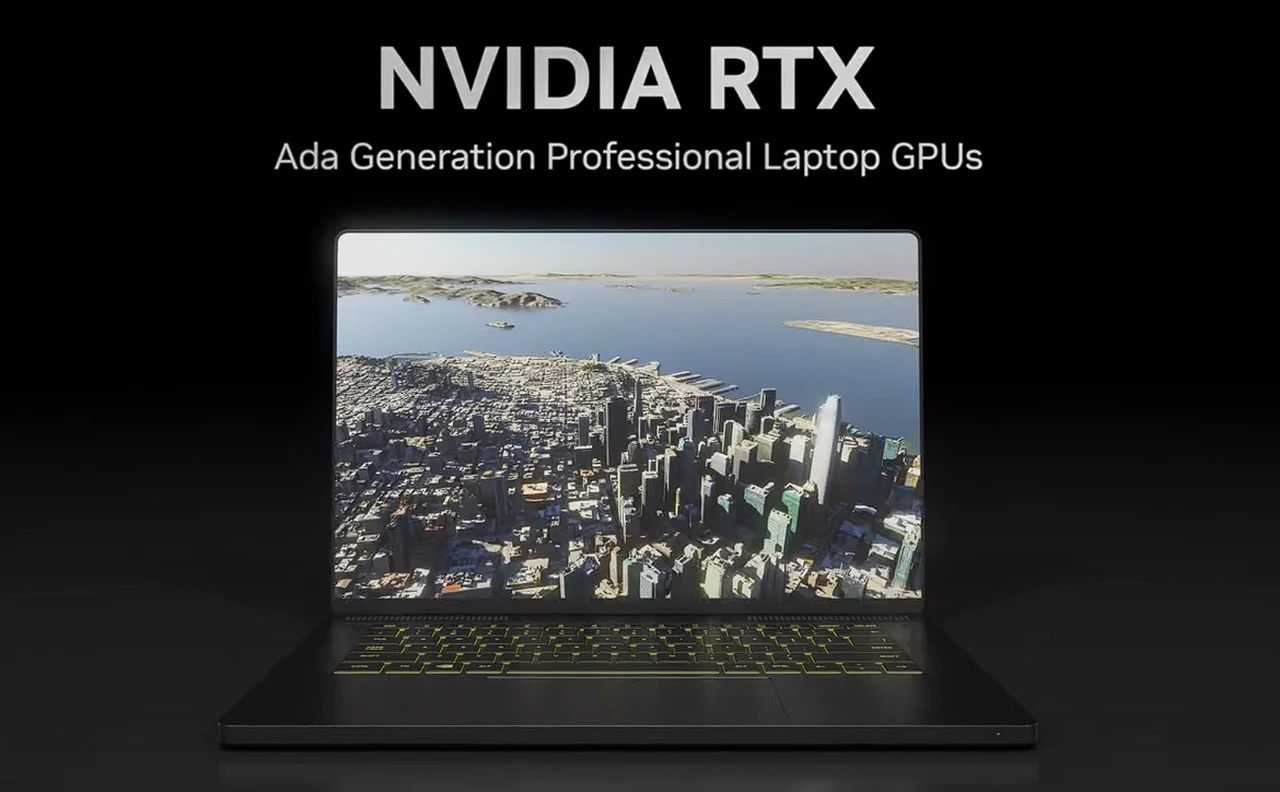
NVIDIA has unveiled its latest advancements in graphics processing technology with the introduction of the RTX 500 and 1000 Ada Generation GPUs for laptops. This development is set to make waves among professionals who rely on high-powered computing for tasks such as AI generation, graphic design, and video editing. These new GPUs are tailored to boost productivity and performance, especially in the increasingly common hybrid work environments.
The new RTX 500 and 1000 GPUs are built on NVIDIA’s Ada Lovelace architecture, which is designed to meet the high demands of industry professionals. This architecture includes an NPU and Tensor Cores, which are essential for AI acceleration. This feature is particularly important for handling complex AI tasks more efficiently.
Professionals working with generative AI will find the RTX 500 GPU to be a significant upgrade, offering a performance increase of up to 14 times, which greatly speeds up the creative process and delivers faster results. For those involved in photo editing, the GPU’s capabilities can triple the speed of AI-powered enhancements, making it a valuable tool for improving workflow. Additionally, 3D rendering tasks can be completed up to ten times faster compared to traditional CPU-only setups, which is a major leap forward for professionals in this field.
NVIDIA RTX Ada Generation Laptop GPUs
The RTX 500 and 1000 GPUs are not just about raw performance; they are also designed with specific professional applications in mind. They are particularly effective for high-quality video conferencing and streaming, which is beneficial for video editors and graphic designers. These GPUs are also capable of handling advanced rendering, data science, and deep learning tasks with ease.
NVIDIA’s progress is further emphasized by the inclusion of third-generation RT Cores, fourth-generation Tensor Cores, and Ada Generation CUDA cores in these GPUs. These components work together to improve ray tracing, deep learning, and overall graphics performance. Additional features such as dedicated GPU memory, DLSS 3 for enhanced image quality, and an AV1 encoder for more efficient video compression are crucial for tasks like streaming and video conferencing.
Recognizing the need for portability in today’s professional world, NVIDIA has made sure that these new GPUs are integrated into sleek, lightweight laptops. This ensures that professionals can enjoy top-tier performance without being tied down to a desk, making these laptops perfect for those who are always on the move.
Revolutionizing Mobile Graphics with NVIDIA’s RTX 500 and 1000 GPUs
The RTX 500 and 1000 GPUs are set to be available in the spring, with offerings from leading manufacturers such as Dell Technologies, HP, Lenovo, and MSI. NVIDIA’s latest launch is poised to meet the needs of tech-savvy professionals who are looking to enhance their work efficiency and creative capabilities. With these new GPUs, NVIDIA continues to push the boundaries of what’s possible in mobile computing, providing powerful tools for a wide range of professional applications.
NVIDIA’s introduction of the RTX 500 and 1000 Ada Generation GPUs for laptops marks a significant leap in graphics processing technology. These GPUs are engineered to cater to the needs of professionals who demand high-powered computing for a variety of tasks, including AI generation, graphic design, and video editing. The integration of these GPUs into laptops is poised to enhance productivity and performance significantly, particularly for those who operate in flexible work settings that blend in-office and remote work.
The Ada Lovelace architecture at the core of the RTX 500 and 1000 GPUs is a cutting-edge design that addresses the intensive requirements of industry professionals. It incorporates an NPU (Neural Processing Unit) and Tensor Cores, which are pivotal for AI acceleration. These components are specifically designed to manage complex AI-driven tasks with greater efficiency, offering a substantial improvement over previous generations.
Unleashing Creativity with Enhanced AI and Rendering Capabilities
For those engaged in generative AI projects, the RTX 500 GPU represents a significant advancement, delivering a performance boost that can reach up to 14 times that of earlier models. This enhancement dramatically accelerates the creative process and yields quicker outcomes. In the realm of photo editing, the GPU’s prowess in AI-powered enhancements can triple processing speeds, streamlining workflows for professionals. Furthermore, 3D rendering tasks can be executed up to ten times faster than with conventional CPU-based systems, representing a substantial stride in efficiency for those specializing in 3D graphics.
The RTX 500 and 1000 GPUs are engineered not only for sheer performance but also for specific professional use cases. They excel in applications that require high-quality video conferencing and streaming, which is advantageous for video editors and graphic designers. These GPUs are adept at managing complex tasks such as advanced rendering, data science, and deep learning, making them versatile tools for a wide array of professional applications.
Advanced Cores and Features for Optimal Performance
NVIDIA’s advancements are underscored by the inclusion of third-generation RT Cores, fourth-generation Tensor Cores, and Ada Generation CUDA cores in the new GPUs. These components synergize to elevate ray tracing, deep learning, and overall graphics performance to new heights. Additional features like dedicated GPU memory, DLSS 3 for enhanced image quality, and an AV1 encoder for more efficient video compression are indispensable for professionals engaged in streaming and video conferencing.
In recognition of the growing demand for mobility in the professional sphere, NVIDIA has ensured that these powerful GPUs are incorporated into sleek, lightweight laptops. This integration allows professionals to access top-tier performance on the go, liberating them from the confines of a stationary workspace and catering to the needs of those with dynamic lifestyles.
The RTX 500 and 1000 GPUs are slated for release in the spring, with a lineup from prominent manufacturers such as Dell Technologies, HP, Lenovo, and MSI. NVIDIA’s latest offerings are set to fulfill the aspirations of tech-savvy professionals seeking to amplify their work efficiency and creative potential. With these new GPUs, NVIDIA continues to redefine the capabilities of mobile computing, equipping a diverse range of professionals with robust tools for their trade.
Filed Under: Laptops, Top News
Latest timeswonderful Deals
Disclosure: Some of our articles include affiliate links. If you buy something through one of these links, timeswonderful may earn an affiliate commission. Learn about our Disclosure Policy.

